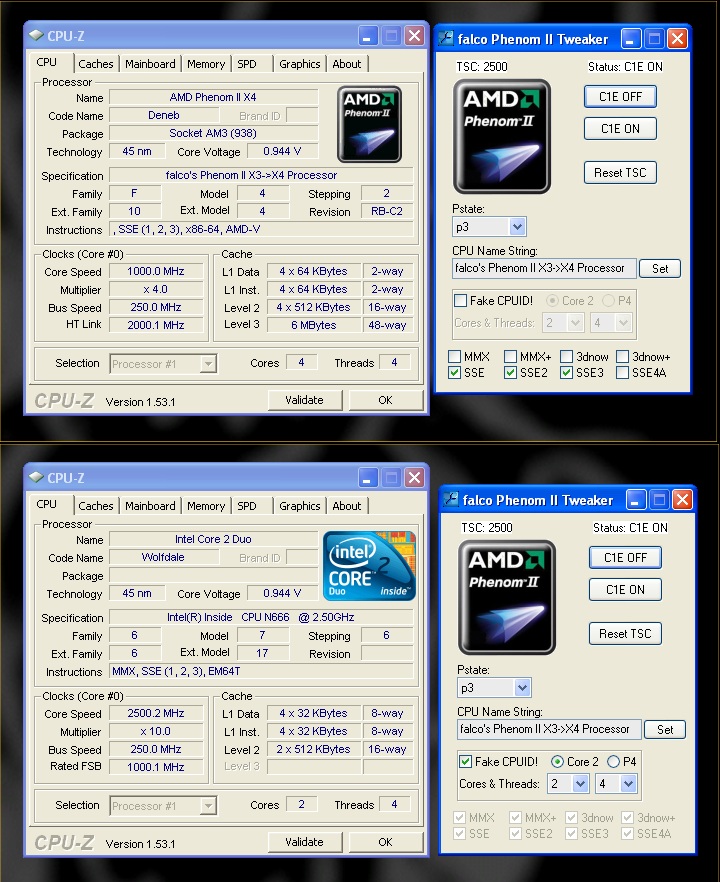First post, by FX506
So this is an odd question but I would be glad if someone could help me with it.
I've been playing Aquanox 2 and I noticed that the graphics settings have a multithreading option that supposedly improves rendering speed, but it seems to be tied to having a Pentinum 4 with HyperThreading support. Now, as far as I am aware, there isn't any difference between a modern AMD cpu's SMT ability and Hyperthreading, altough I have also seen games where it does not play nice with the former, specifically Colin McRae Rally 04 and 2005 which have an Advanced Particle rendering that is also tied to P4 HT, but it can be forced on any cpu with a command line flag, at the cost of CPU usage maxing out for some reason on (modern, smt supporting) AMD cpus, but not on Intel ones. Sadly, Aquanox 2 doesn't have any such flags for forcing multithreading, but I'm curious if it could be done to see if there is extra some performance to be squeezed out of the game engine (it is one of those dx9 games that seems to run slightly worse on AMD gpus as opposed to Nvidia ones). As far as I know, the game specifically looks for a P4 HT, just having an Intel cpu isn't enough for the game to detect support. Does anyone know of some kind of trick to fake the CPUIDs for the game, since there are similar solutions out there for GPUs (dgvoodoo2's ability to fake gpu device id's for compatibility).
Thanks in advance.
Edit: I did read that CPUID spoofing isn't something that can be easily done without a VM (if at all), but I'm curious if someone could suggest a workaround at least.
